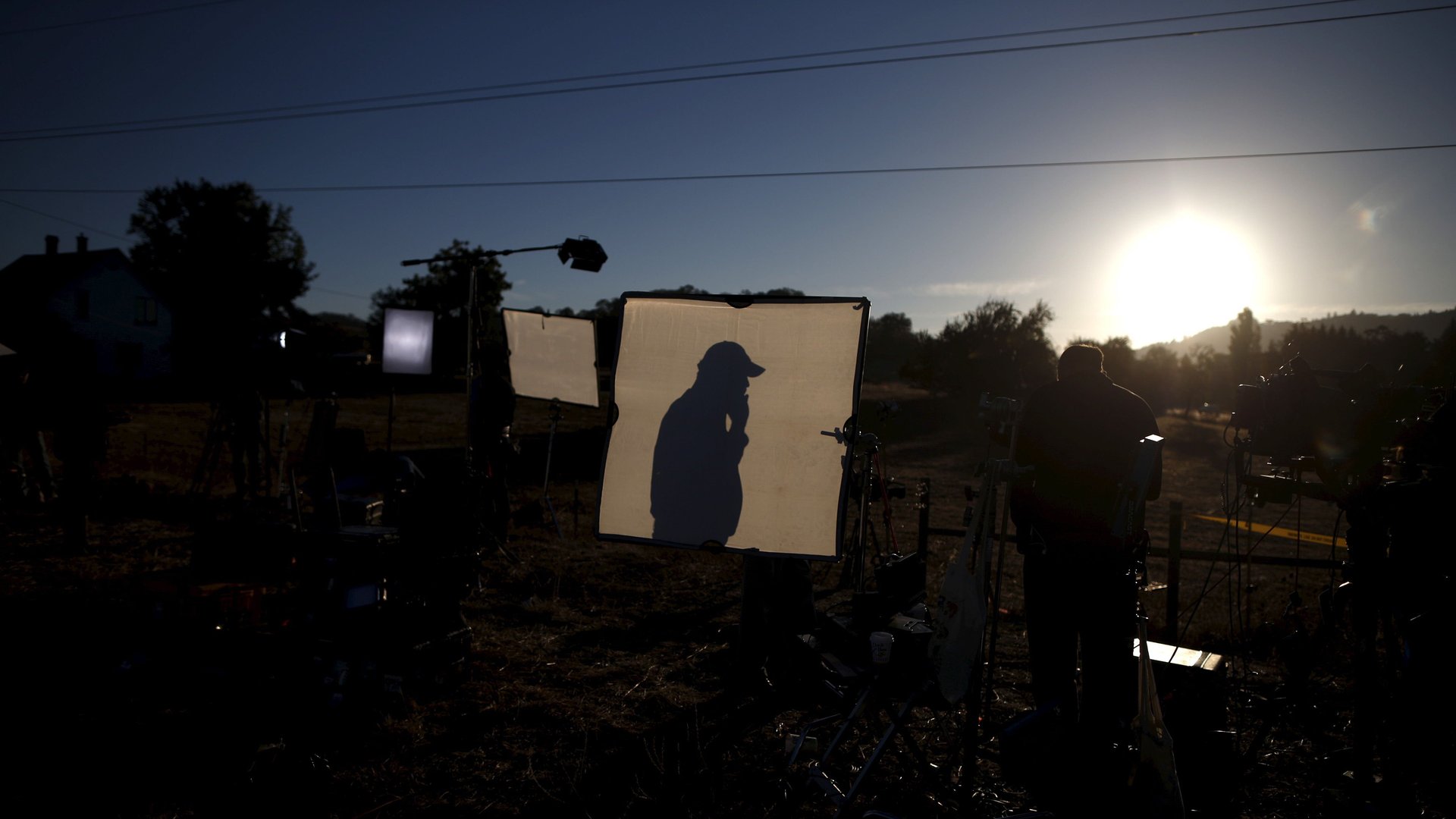The gun-control “debate” is not a debate but a conflict, and those have different rules
There is nothing more to say.


There is nothing more to say.
As the British journalist Dan Hodges observed in June, “In retrospect Sandy Hook marked the end of the US gun control debate. Once America decided killing children was bearable, it was over.”
Since that massacre less than three years ago, there have been almost 1,000 shootings in the US at which four or more people were hit, and over 1,200 deaths. The most shocking thing about this week’s killing of nine people in Oregon was its ordinariness.
The media frenzy each time is predictable, and predictably prurient. So are the non-stop, urgent-voiced news bulletins, the jerky cellphone videos, the social-media firestorms, the self-righteous statements from both pro- and anti-gun people, and the sad-faced commentary by world-weary pundits. It’s theater, created to sustain not the impression that we care but the fiction that caring makes a difference.
In this, its industrial-scale output of performative speech, the gun debate echoes another frozen conflict: the one in Israel-Palestine. Four years of covering it made me see that, in certain disputes, the opposing forces attain a sort of self-correcting stasis. Even after a particularly cruel outrage, equilibrium returns quickly, as if neither side can let go of its claim to eternal victimhood. Change does come—many decades-long conflicts have ended—but it takes its own, often mysterious path that neither words nor any single tragedy can alter.
Indeed, instead of ”gun-control debate,” we should call it the “gun-control conflict.” There is no debate here, only forces locked in frozen combat.
To be clear, I don’t think the right to bear arms and the right to not get shot dead by the nearest lunatic are merely competing but commensurable demands, like the Jewish and Palestinian claims on a piece of land. But for all practical purposes, they might as well be. There really is nothing more to say. All there is to do is wait.
This was published as part of the Quartz Weekend Brief. Sign up for our newsletters here, tailored for morning delivery in Asia, Europe & Africa, and the Americas.